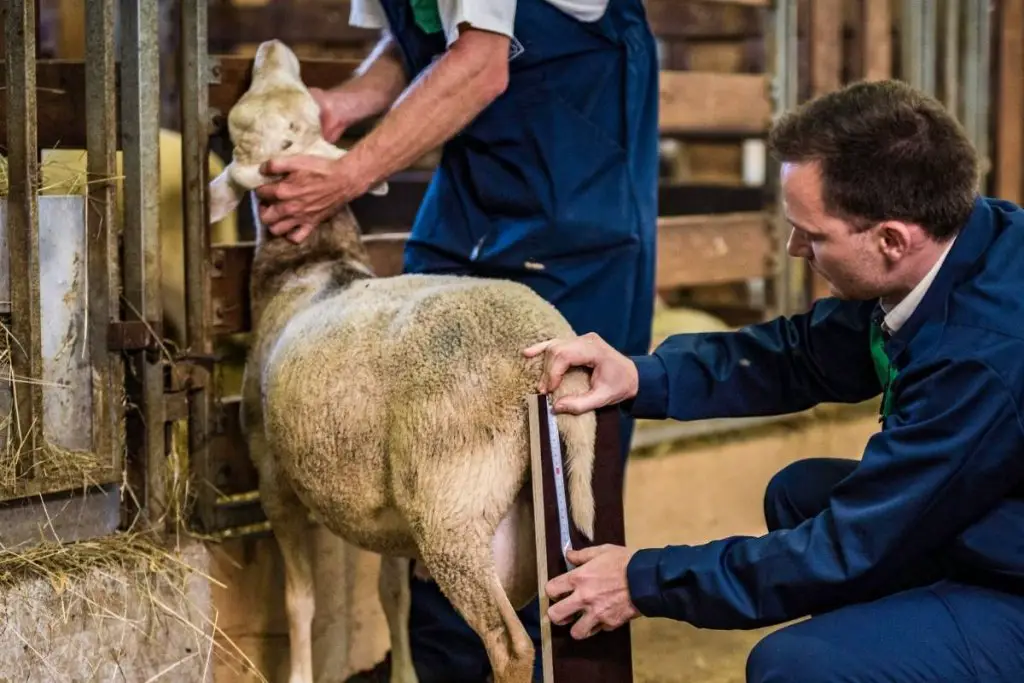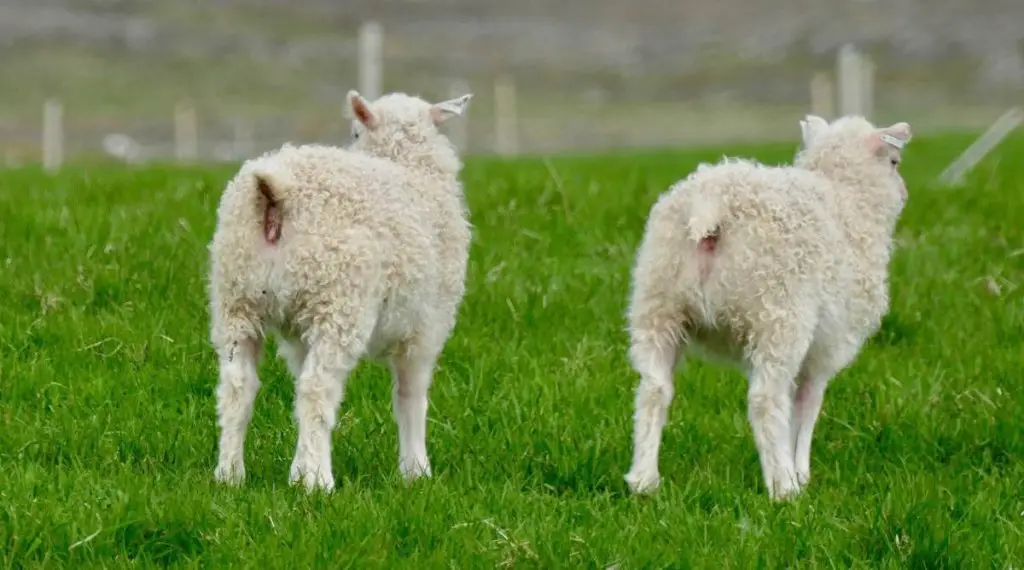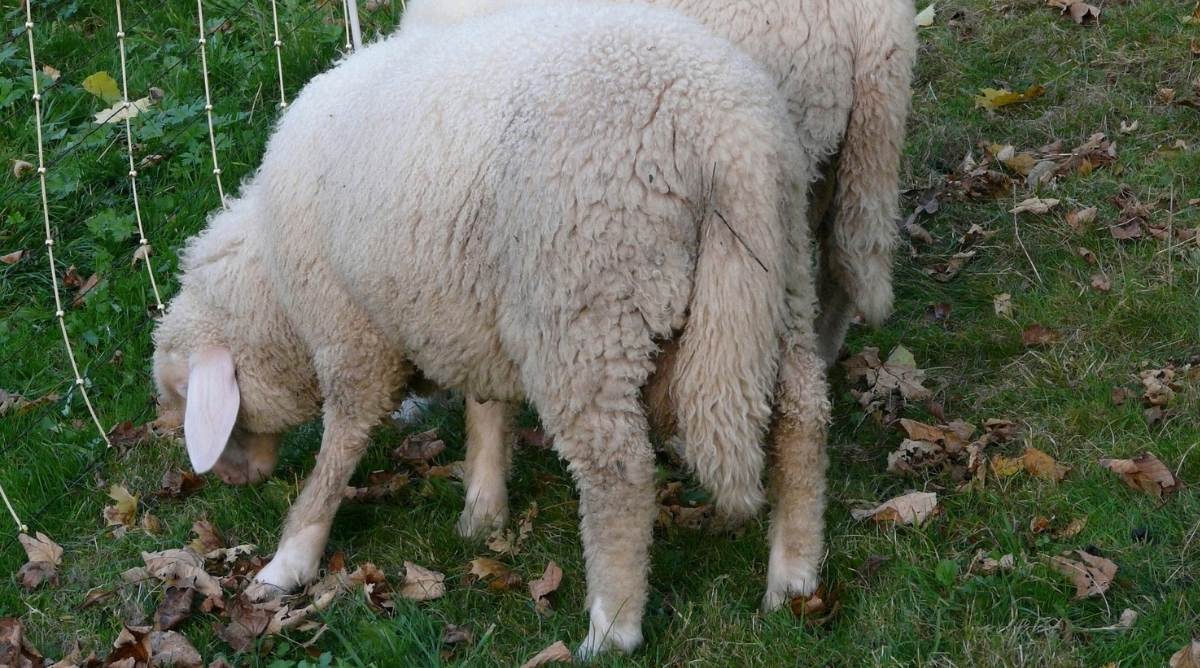Yes, all sheep have tails. Their tails remain intact unless tail docking is performed. Sheep with long tails are docked (have their tail removed) for health and sanitary reasons. Because most farmed sheep are docked, most sheep appear as if they don't have a tail.
Table of Contents
Do all farmers dock sheep with long tails?
No, not all farmers dock sheep with long tails. However, docking is a common practice to prevent flystrike, which is made more likely by the accumulation of feces and urine on the hindquarters of sheep. When manure builds up near a sheep’s tail, it attracts blowflies and lay maggots that eventually burrow into the skin of the sheep.
Is sheep tail docking necessary?

Tail docking isn’t strictly necessary, and while most farmers practice tail docking, some don’t.
Some research has found that docking tails too short can increase the risk of rectal prolapse. Other studies have shown that tail docking can actually increase the risk of fly strike, since sheep aren’t able to use their tails to ward off flies.
What kinds of sheep have long tails?
Sheep with long tails include:
The majority of the world’s sheep population naturally has medium to long tails.
What kinds of sheep have short tails?

Among the kinds of sheep that have a short tail include:
- Soay
- Romanov
- Icelandic
- Shetland
- Finnsheep
East Friesian sheep are considered to have naturally docked tails.
What are fat-tailed sheep?
Fat-tailed sheep are breeds that have a type of tail that stores omega-rich fats. They are often used in Middle East cuisines, either as cooking oil or as a delicacy.
Fat-tailed sheep are often not subjected to tail docking. Their long tails are harvested during meat production.
What does a sheep’s tail do?
The primary purpose of a sheep’s tail is to protect their anus, vulva, and udder from harsh environments. Tails are also used for balance when walking, and can brush away flies and other pests.
How old are lambs when their tails are docked?
If your sheep breed requires tail docking, they should be ready for the procedure at around 12 weeks old. While the procedure can be performed on lambs with tools like a docking knife or an Elastrator ring, docking mature sheep is best left to veterinarians.
How long is a sheep’s tail before docking?
The length of a sheep’s tail is determined by genetics. Different breeds have different tail lengths.
Timing for docking is determined by the age of the lamb, rather than the length of the tail.
Do sheep in the wild have long tails?
Yes. Since sheep in the wild aren’t docked, they have tails. Depending on the breed, their tails may be short, medium, or long.
How long do lambs tails take to fall off?
When Elastrator rings are used for tail docking, tails naturally fall off after about three weeks. Healing will take longer than this.

